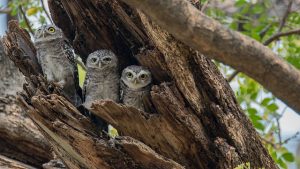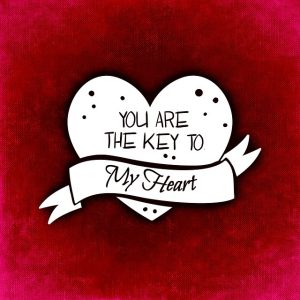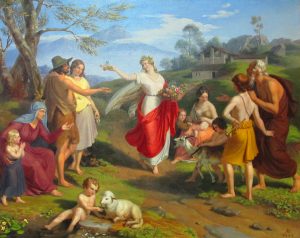
Tanka Poetry – Growth and Wisdom
fountain of wisdom
helps to bring personal growth
like the three wise owls
It is the key to treasure
believe in yourself always
Tanka Poetry consists of five units, usually with the following pattern of – 5-7-5-7-7 which is syllables.
The first three lines (5/7/5) are the upper phase. This upper stage is where you create an image in your reader’s mind.
The last two lines (7/7) of a Tanka poem are called the lower phase. The final two lines should express the poet’s ideas about the image that was created in the three lines above.






